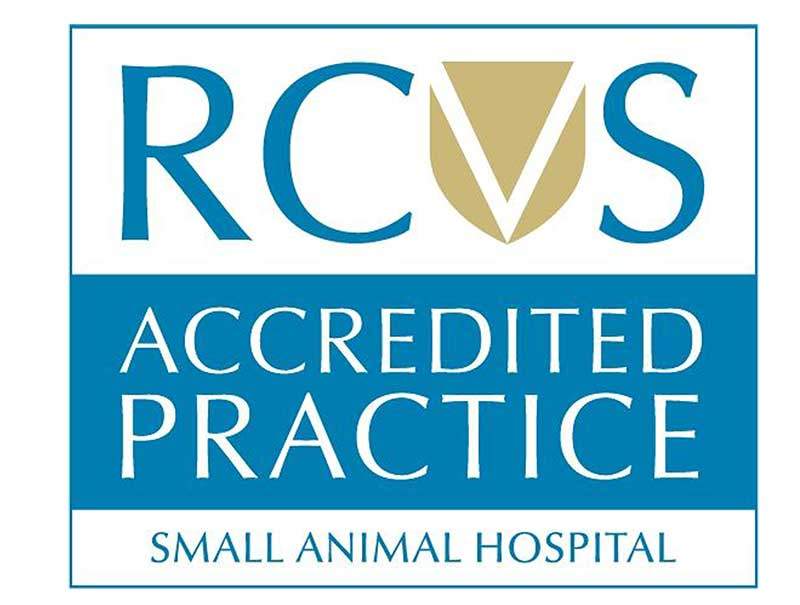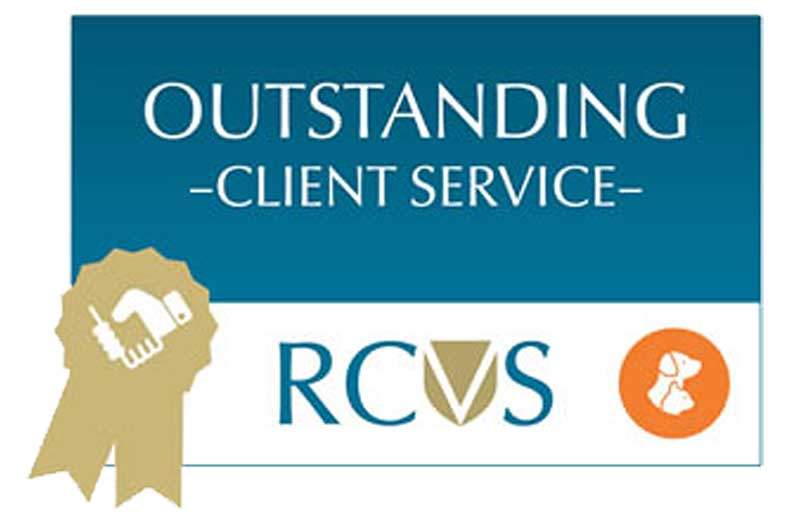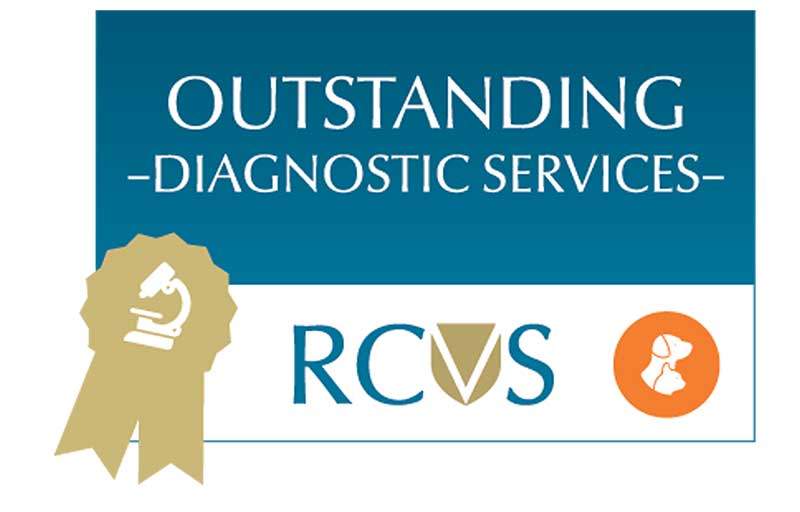Angular limb deformity most commonly occurs in dogs and cats when there is irregular growth in a pair of bones, such as the ulna and the radius. This leads to shortening or bowing of the limb, potential displacement of the joint, and bending or twisting of the bone. It can lead to pain or lameness in your dog and usually requires surgical correction to ensure that your dog has a healthy future. It can be hard to spot in certain breeds, as some breeds are bred with bowed legs, such as Bulldogs, Shih Tzu, and Dachshunds. If your dog is not a bowed-legged breed, then it will be easier to spot any potential problem. Angular limb deformity is either hereditary or due to trauma. Trauma to one of the bones in a pair can stop this bone from growing. As the other bone continues to grow, the damaged bone acts as a bow, causing the growing bone to curve. Here at NorthWest Referrals, we have experience in treating limb deformities in dogs and cats and will be able to help your pet have a healthy and happy future.
Symptoms and Diagnosis
It is harder to diagnose in dog breeds that have been bred to have bowed legs. However, lameness or signs of discomfort or pain, are indicators of deformities. Bowed-legged breeds will often present by limping on their forelegs, except Dachshunds which are bred with both fore and hind bowed limbs, and may limp with their hind legs. In breeds with straight limbs, the deformity will be much more obvious and apparent. It is important to watch your puppy closely as early intervention will help with the treatment. Diagnosis is carried out via a thorough examination, as well as using medical imaging such as an x-ray or CT scan to view the structure and deformities of the bones clearly. Medical imaging will give the consulting vet insight into the degree of the deformity and help to create a suitable and successful treatment plan.
Angular Limb Treatment Options
Generally, orthopaedic surgery is required to correct deformities. The extent of the surgery will depend on the severity of the angular limb deformities and the age of the dog or cat. Sometimes, a simple cut on the bow limb will be sufficient to release the pressure and allow normal growth. In other cases, a series of cuts may be carried out, with plating, and screws to allow for growth. External frames are sometimes used when the surgery is more complex. Decisions regarding the best treatment path will be made after a thorough investigation. Medical imaging is used to determine the extent of the angular limb deformities and will help to inform the treatment plan. Our experienced team of veterinary surgeons will advise on the best treatment course for each pet on an individual basis.
Diagnosis
Angular limb deformity is easier to diagnose in some dog breeds than others. If you have a puppy that has been bred with bowed limbs, you need to monitor it closely as it grows. If the bowing seems more pronounced than that of their parents, or siblings, you have a good indication of a problem. If this is combined with limping, then seek veterinary advice. In straight-limbed dogs, it will be apparent if there is an issue, this may often be after trauma, so watch out for any bowing if your puppy has been in an accident. Medical imaging such as x-rays or CT scans will allow vets to see the extent of the angular limb deformity and will help to form the diagnosis and subsequent treatment plan.
Recovery and Rehabilitation
As with all surgery, the recovery, and rehabilitation period is extremely important to ensure a successful outcome from the surgery. After angular limb deformity surgery, your pet will need to be kept quiet for up to 12 weeks, allowing the bones to set and heal in the correct position. During this time they will be held in place using hardware. If your dog spends the time jumping around, the bones will be more likely to heal incorrectly and the surgery will not be as successful. With correct rehabilitation in place, angular limb deformity surgery is extremely successful. We will explain the rehabilitation and recovery plan to you so that you know how best to look after your pet after its surgery. If you have any questions or doubts during the recovery period, we are always on hand to answer any queries.
Preventing Angular Limb Deformity in your Dog
You will be protecting your growing dog, by feeding correctly, not over-exercising them, and ensuring that they are safe. However, accidents do happen. If your puppy has been trodden on, dropped, or hit by a car, seek immediate veterinary advice. Early intervention can be key to helping their long-term health. If you are choosing a puppy that is bowed-legged, pick carefully. Over breeding or in-breeding increases the chance of a heredity problem. Make sure you see the mother, and if possible the father, even if only a photo of him. Look at the environment the puppy is being raised in, and make a considered decision. If you have a bowed-legged breed, make sure you monitor them closely whilst they are growing, to ensure that their limbs are forming correctly. As with all puppies, try to prevent them from jumping on and off objects, such as sofas, as this places extra strain on their joints. Puppy bones are softer while they are growing and are much more susceptible to poor growth or injury, so be vigilant during this time.
Cost
Here at NorthWest Referrals, we aim to provide affordable surgery whilst maintaining our high professional standards. If you are concerned about the cost of surgery, then speak to us. We will always work with you to ensure that your pet can get the surgery that they require, even if they are not insured. If your dog or cat is insured, then the insurance should cover the majority of the cost of the surgery, however, be aware that some conditions are precluded from insurance. So always make sure you know of any such terms on your insurance.
Prognosis
The prognosis after angular limb deformities surgery is perfect. Providing aftercare is good to prevent re-injury during the healing process, it is in general a very successful surgery. Remember that all surgery does carry risks, and these risks will be clearly explained to you at your consultation. General anaesthetic has a risk, and complications surrounding surgery can occur. However, if you follow the recovery process as explained to you by your vet, then the prognosis post-surgery is very positive. Your dog should be able to recover fully and live a healthy and happy life.
Next Step
We accept referrals from both veterinary practices and pet owners. If you are a referring vet, you can refer a pet to us for limb deformity surgery using our online form. If you require more information or a discussion about your patient or are a dog or cat owner, then please contact our friendly and helpful team here at NorthWest Referrals on 01942 242001 or by email to info@northwestreferrals.co.uk
You may be interested in reading: What is a Cranial Cruciate Ligament Rupture in Dogs




